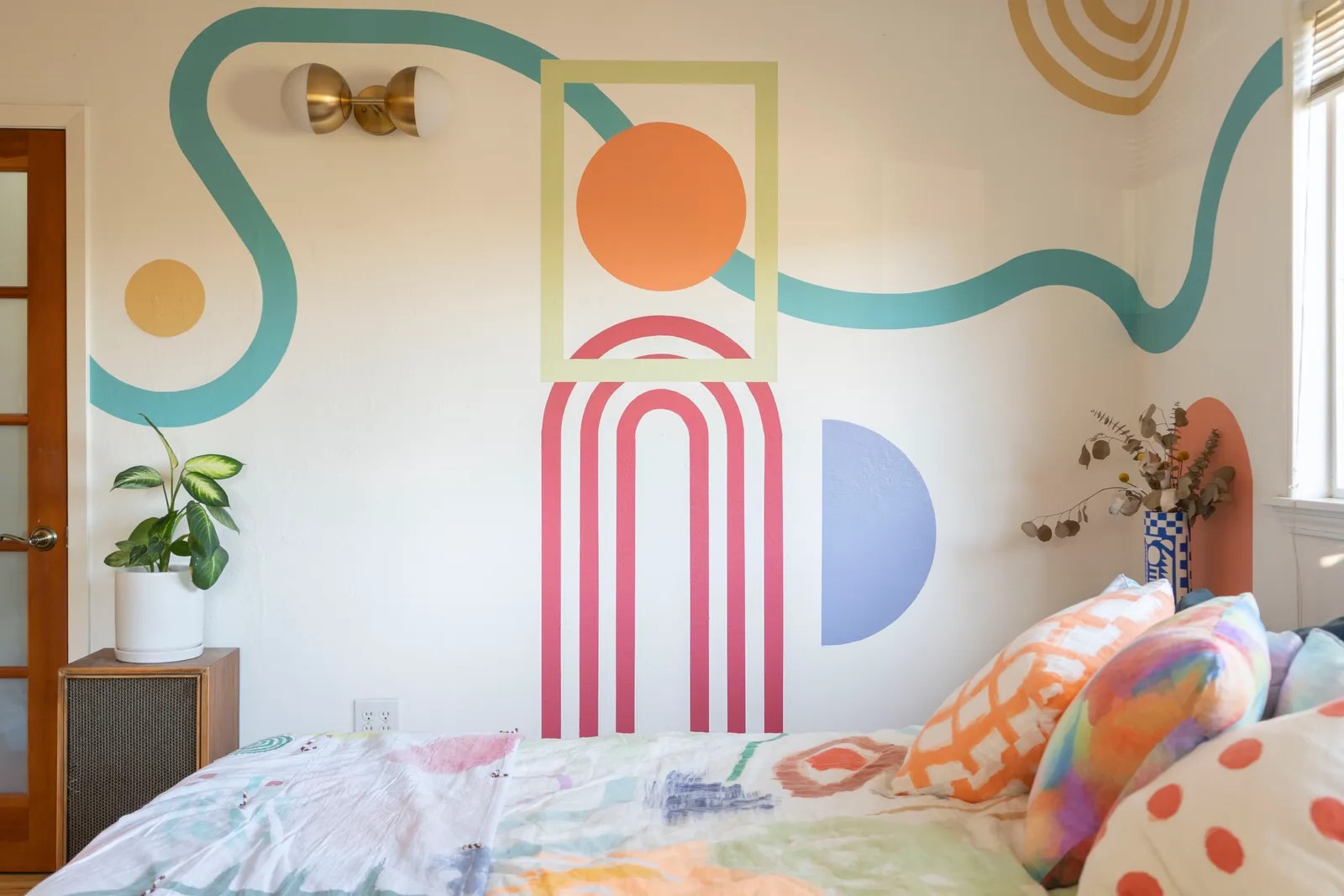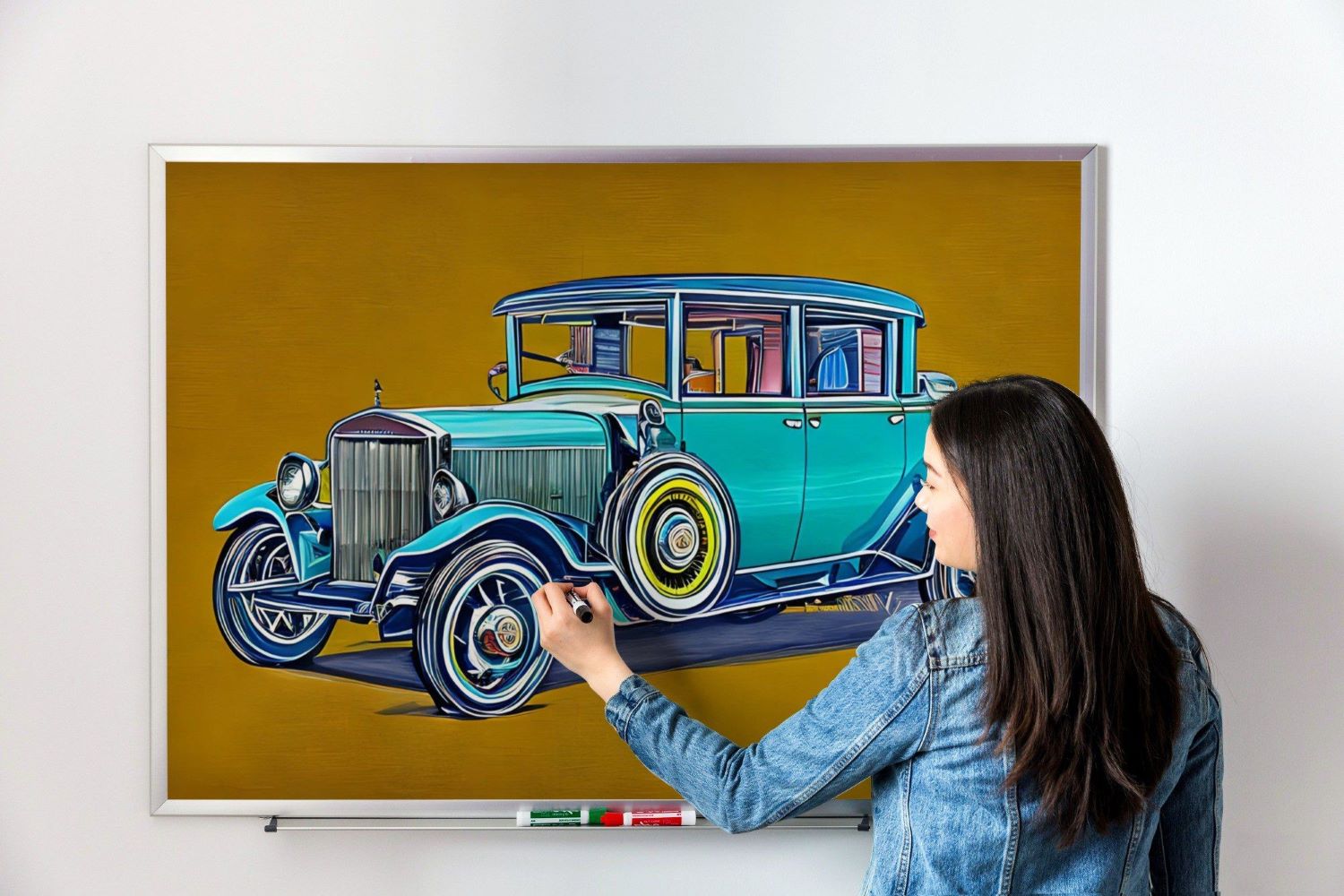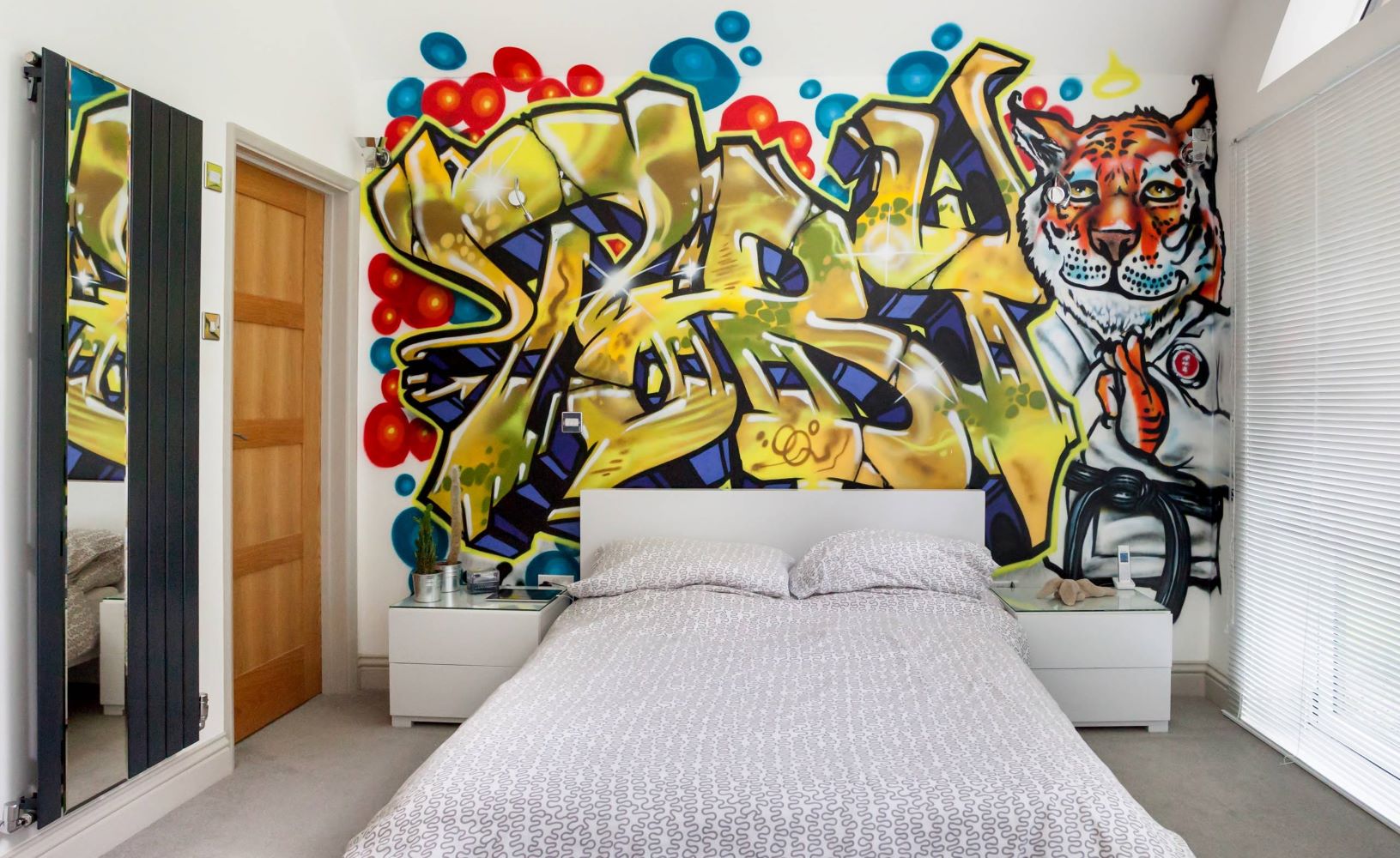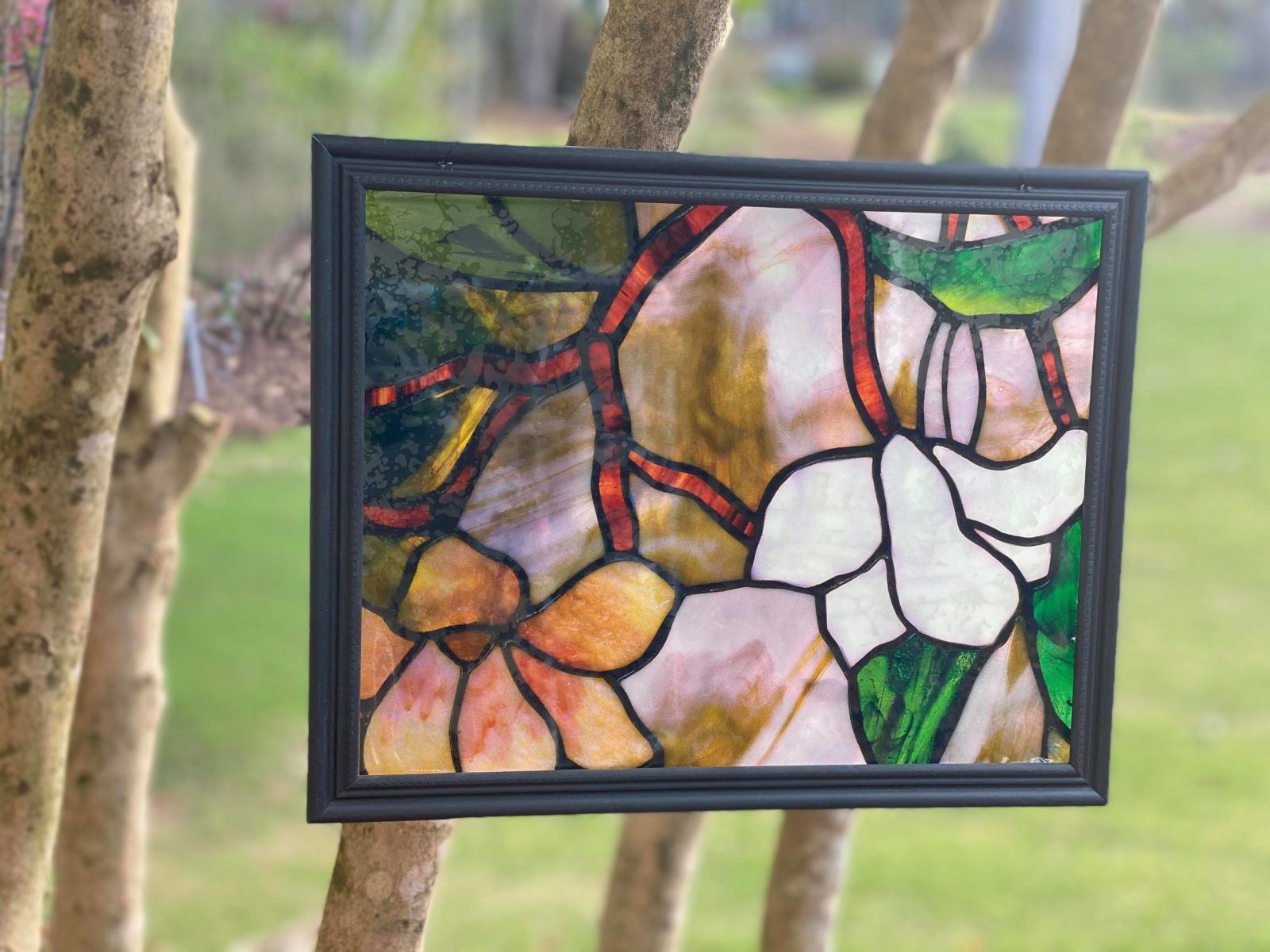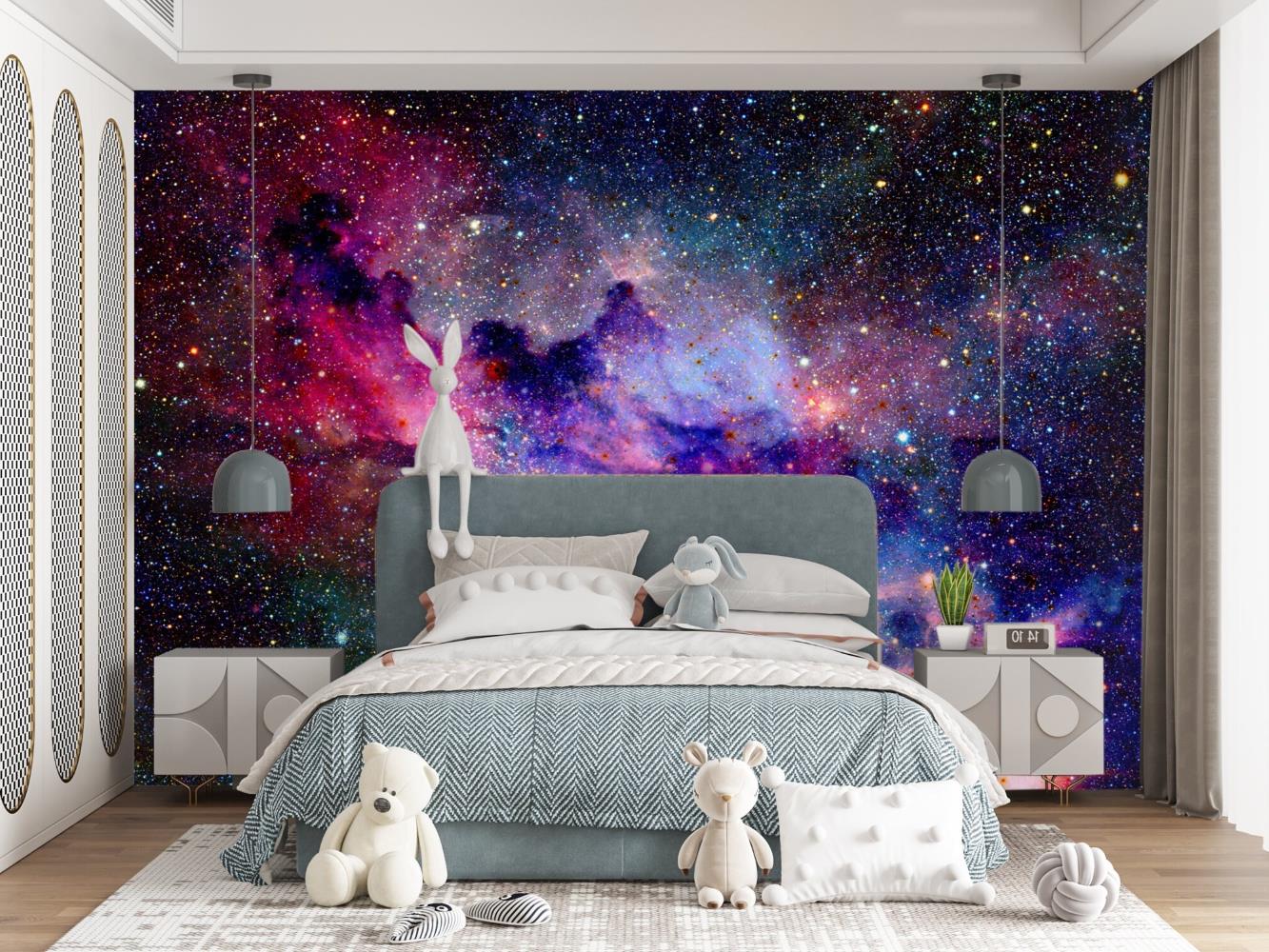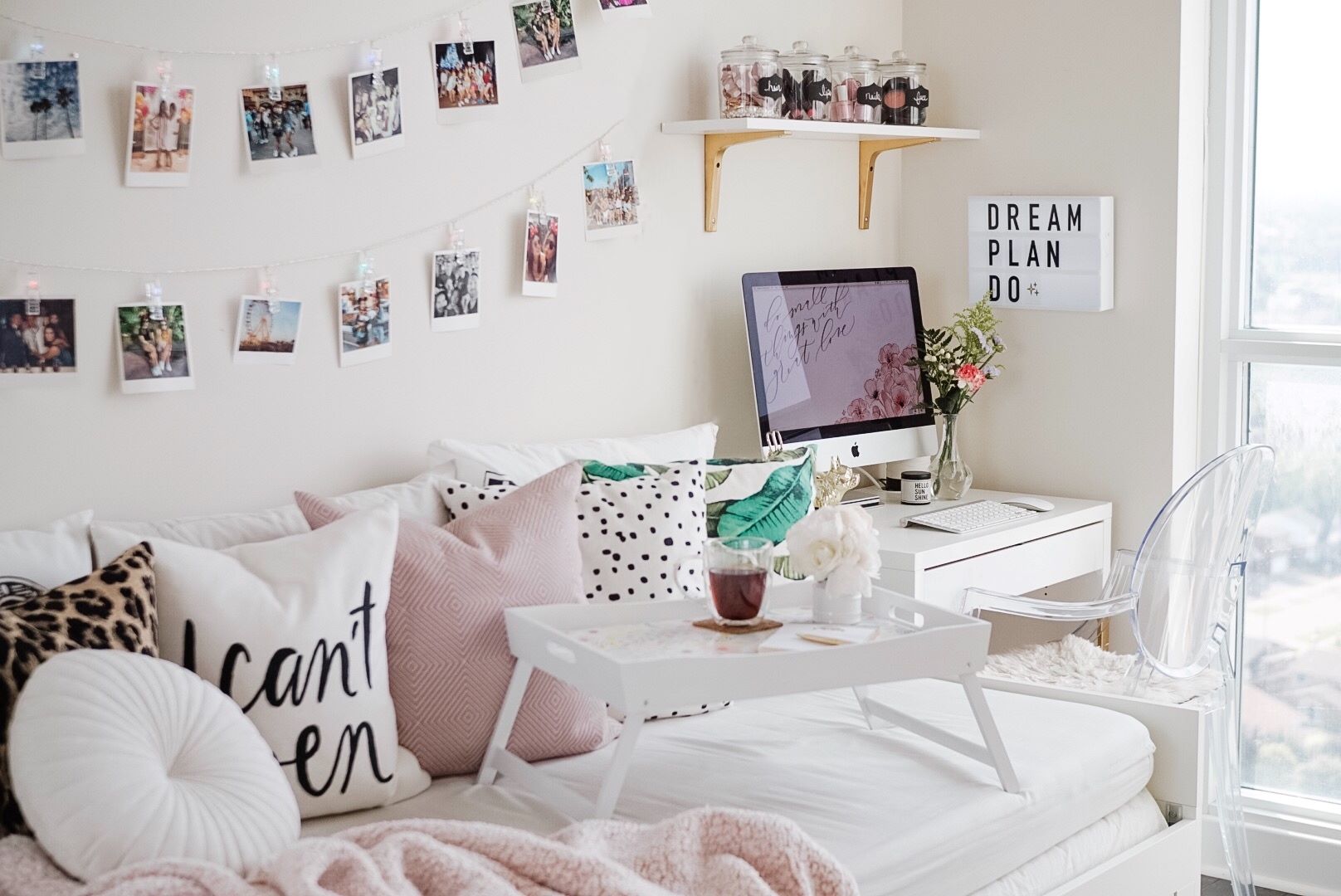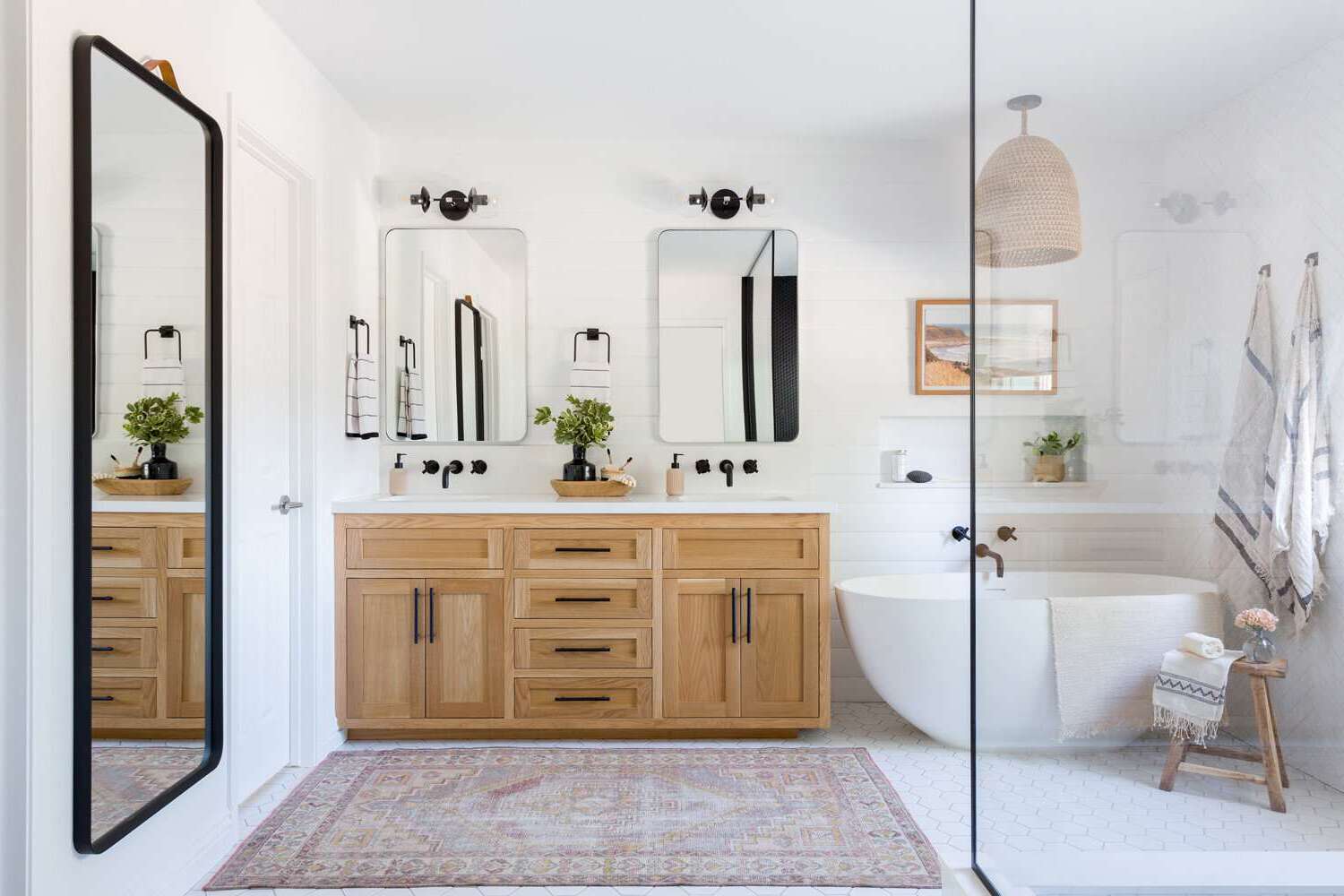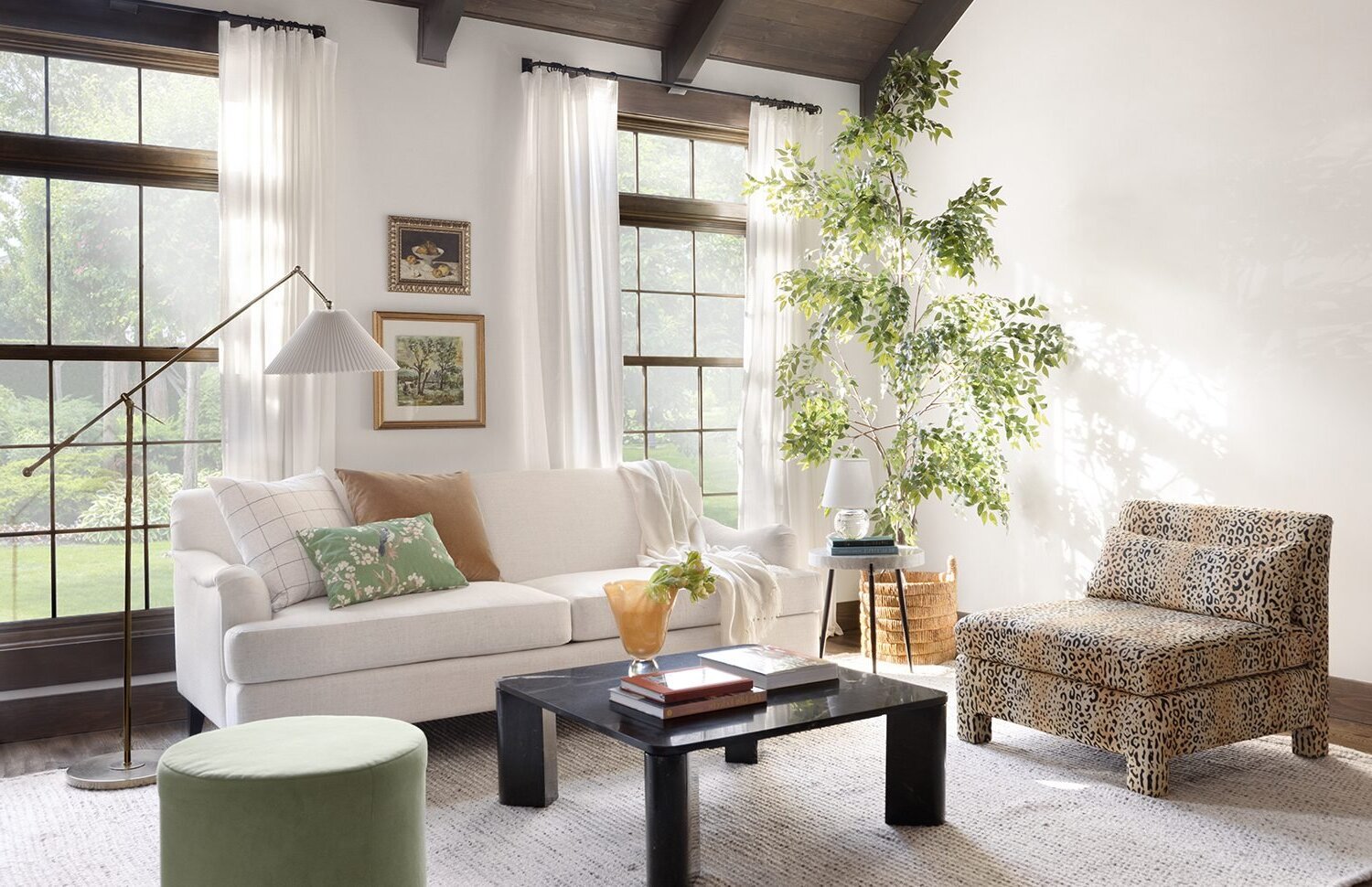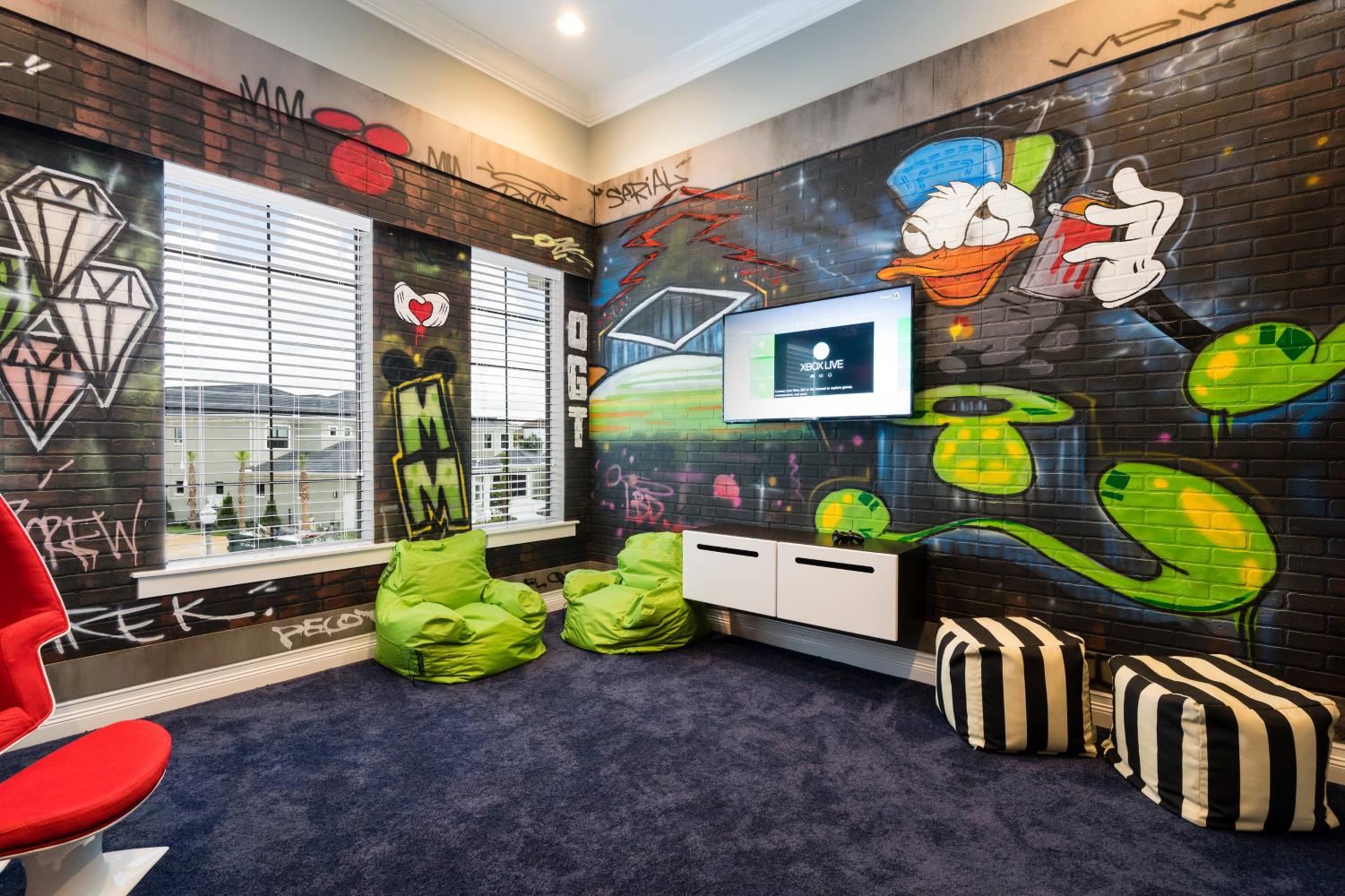Home>Create & Decorate>Personal Projects>How To Make An Art Portfolio
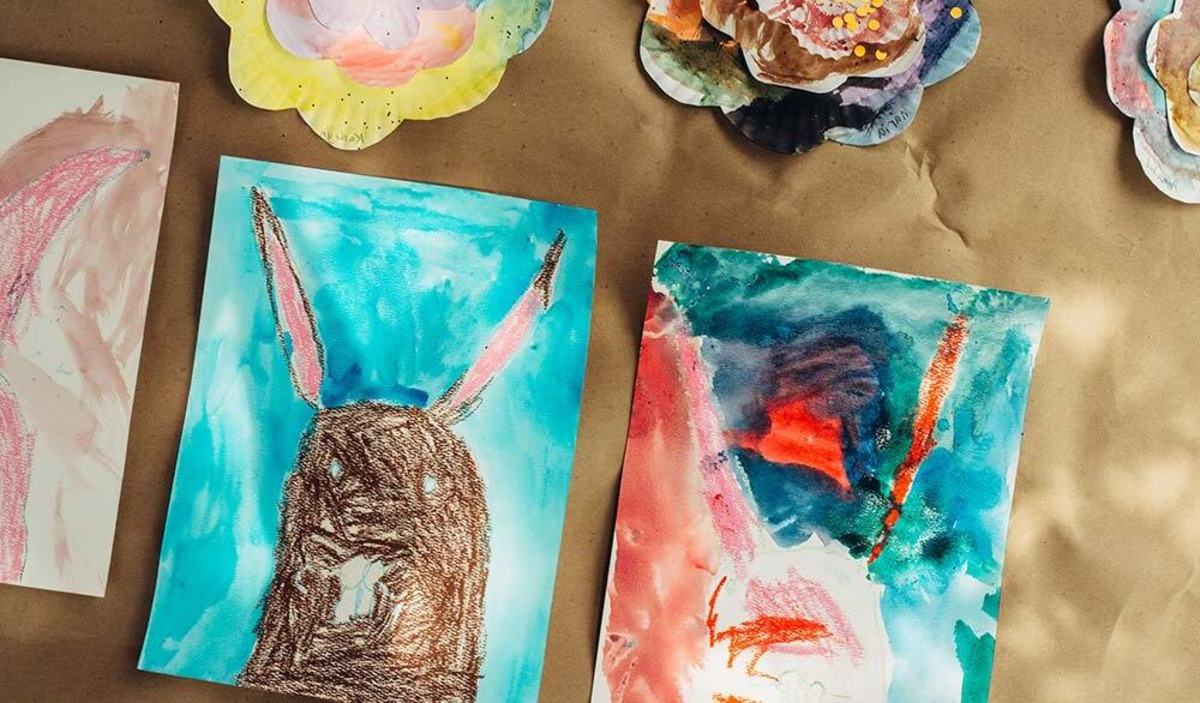

Personal Projects
How To Make An Art Portfolio
Published: March 6, 2024

Content Creator specializing in woodworking and interior transformations. Caegan's guides motivate readers to undertake their own projects, while his custom furniture adds a personal touch.
Learn how to create a standout art portfolio with a focus on personal projects. Get expert tips and examples to showcase your creativity effectively.
(Many of the links in this article redirect to a specific reviewed product. Your purchase of these products through affiliate links helps to generate commission for Twigandthistle.com, at no extra cost. Learn more)
Introduction
So, you've decided to showcase your artistic talents and create an art portfolio. Whether you're applying to art school, seeking gallery representation, or simply want to display your work professionally, a well-crafted art portfolio can make a powerful statement about your skills and creativity. In this guide, we'll walk you through the process of creating an impressive art portfolio that effectively represents your unique style and artistic vision. Let's dive in and explore the essential steps to make an art portfolio that stands out from the crowd.
Read more: How to Create Stunning Sea Glass Art
Choosing the Right Pieces
When assembling your art portfolio, it's crucial to select the right pieces that best represent your artistic abilities and style. Here's how to make the best choices:
-
Quality Over Quantity: Instead of overwhelming your portfolio with numerous pieces, focus on selecting a smaller number of high-quality works. Choose pieces that demonstrate your technical skills, creativity, and artistic growth.
-
Showcase Diversity: Include a variety of artwork that showcases your versatility and range as an artist. Incorporate different mediums, styles, and subject matters to demonstrate your adaptability and creativity.
-
Highlight Your Strengths: Identify your strengths as an artist and feature pieces that best exemplify these strengths. Whether it's your proficiency in a specific medium, your unique perspective on a particular subject, or your mastery of a certain artistic technique, make sure to highlight what sets you apart.
-
Consider the Context: If you're creating an art portfolio for a specific purpose, such as applying to art school or seeking gallery representation, consider the context in which your portfolio will be viewed. Tailor your selection to align with the expectations and preferences of your intended audience.
-
Seek Feedback: Don't hesitate to seek feedback from mentors, fellow artists, or trusted individuals in the art community. Getting an outside perspective can help you identify which pieces resonate the most and which ones may need further refinement.
By carefully curating your art portfolio with the right pieces, you can effectively showcase your artistic prowess and leave a lasting impression on those who view your work.
Organizing Your Portfolio
Organizing your art portfolio is essential to ensure that it presents a cohesive and compelling narrative of your artistic journey. Here's how to effectively structure and organize your portfolio for maximum impact:
-
Create a Cohesive Theme: Establishing a cohesive theme or narrative throughout your portfolio can tie your body of work together and create a sense of continuity. Whether it's a common subject matter, a recurring motif, or a consistent artistic style, a unifying theme can help your portfolio feel harmonious and purposeful.
-
Consider Flow and Composition: Pay attention to the flow and composition of your portfolio. Arrange your pieces in a deliberate sequence that guides the viewer through a visual journey. Consider factors such as color balance, scale variation, and the relationship between individual pieces to create an engaging and dynamic presentation.
-
Balance Variety and Unity: Strive for a balance between variety and unity in your portfolio. While showcasing diversity in your artistic abilities is important, ensure that the overall presentation feels cohesive. Look for connections and relationships between different pieces to create a sense of unity while still highlighting your versatility.
-
Include Supporting Materials: In addition to your artwork, consider including supporting materials that provide context and insight into your creative process. This could include preliminary sketches, studies, or written statements that offer a deeper understanding of the inspiration and thought behind your work.
-
Digital vs. Physical Portfolios: If you're creating a digital portfolio, pay attention to the layout, navigation, and user experience. Ensure that the digital presentation enhances the viewing experience and allows for easy navigation between different pieces. For physical portfolios, invest in high-quality presentation materials and consider the tactile experience of viewing your work in person.
-
Seek Feedback on Organization: Once you've organized your portfolio, seek feedback from peers, mentors, or professionals in the art industry. Getting input on the organization and presentation of your portfolio can provide valuable insights and help you refine the overall structure for maximum impact.
By thoughtfully organizing your art portfolio, you can create a visually compelling and cohesive presentation that effectively communicates your artistic vision and capabilities.
Documenting Your Work
Documenting your artwork is a crucial step in creating an art portfolio that effectively showcases your talent and creativity. Proper documentation not only preserves the integrity of your work but also enhances its presentation. Here's how to ensure that your artwork is accurately and professionally documented:
-
High-Quality Photography: Invest in high-quality photography of your artwork. Whether you're capturing paintings, sculptures, or other visual art forms, use a high-resolution camera to capture clear, detailed images. Pay attention to lighting, angles, and color accuracy to faithfully represent your work.
-
Consistent Background: When photographing your artwork, use a consistent and neutral background to eliminate distractions and maintain focus on the art itself. A plain white or neutral gray background is often preferred as it provides a clean and unobtrusive backdrop for your pieces.
-
Detail Shots: In addition to capturing full views of your artwork, consider including detailed shots that highlight specific elements, textures, or intricate details within your pieces. These close-up shots can offer viewers a more intimate and comprehensive understanding of your artistic technique and craftsmanship.
-
Digital Editing: After capturing your artwork, utilize digital editing tools to ensure that the images accurately represent the colors, tones, and details of your original pieces. Adjust brightness, contrast, and color balance as needed to create faithful reproductions of your artwork.
-
Consistent Sizing: When presenting your artwork in a digital portfolio or printed format, ensure that the sizing and proportions of the images remain consistent. This uniformity creates a polished and professional presentation, allowing viewers to compare and appreciate your work seamlessly.
-
Documenting 3D Artwork: If your portfolio includes three-dimensional artwork such as sculptures or installations, consider capturing multiple angles and perspectives to provide a comprehensive view of the piece. Highlighting different vantage points can offer a more immersive experience for the viewer.
-
Artwork Information: Accompany each documented piece with essential information such as the title, medium, dimensions, and any relevant details about the creation process. This contextual information provides valuable insights for viewers and adds depth to the presentation of your artwork.
-
Archiving Originals: In addition to digital documentation, maintain a comprehensive archive of your original artwork, including detailed records of each piece. This archival practice ensures that you have a complete and organized inventory of your work, which is essential for future reference and documentation.
By meticulously documenting your artwork with attention to detail and professionalism, you can elevate the presentation of your art portfolio and effectively convey the depth and intricacy of your creative endeavors.
Presenting Your Portfolio
Presenting your art portfolio is the culmination of your hard work and creativity, and it's essential to ensure that the presentation effectively showcases your talent and vision. Here's how to present your portfolio in a compelling and professional manner:
-
Physical Presentation: If you're presenting a physical portfolio, invest in high-quality, professional presentation materials. Choose a well-crafted portfolio case or binder that complements your work and reflects your attention to detail. Consider the tactile experience of viewing your artwork in person and aim to create a memorable and impactful presentation.
-
Digital Portfolio: For digital presentations, create a user-friendly and visually engaging online portfolio. Choose a clean and intuitive layout that allows for easy navigation and exploration of your artwork. Pay attention to the user experience, ensuring that viewers can seamlessly access and appreciate your pieces.
-
Artist Statement: Accompany your portfolio with a well-written artist statement that provides insight into your artistic inspiration, influences, and creative philosophy. A compelling artist statement can offer viewers a deeper understanding of your work and provide context for the pieces presented.
-
Presentation Order: Consider the order in which you present your artwork. Whether in a physical or digital format, the sequence in which your pieces are presented can influence the viewer's perception. Arrange your work thoughtfully to create a cohesive and engaging narrative that captures the viewer's attention from start to finish.
-
Professionalism: When presenting your portfolio, exude professionalism and confidence. Whether in a formal portfolio review, gallery presentation, or online showcase, your demeanor and presentation style can enhance the overall impact of your work. Be prepared to discuss your pieces articulately and passionately, offering insights into your creative process and artistic choices.
-
Engage Your Audience: When presenting your portfolio in person, be prepared to engage with your audience. Be open to discussing your work, answering questions, and sharing the stories behind your pieces. Creating a personal connection with viewers can leave a lasting impression and foster a deeper appreciation for your art.
-
Online Presence: In today's digital age, consider leveraging online platforms and social media to present and promote your art portfolio. Utilize professional art portfolio websites, social media channels, and online galleries to reach a broader audience and showcase your work to art enthusiasts and potential collaborators.
By presenting your art portfolio with professionalism, creativity, and strategic planning, you can effectively captivate your audience and leave a lasting impression that resonates with art enthusiasts, potential clients, and industry professionals.
Read more: How to Create Stunning DIY Art
Conclusion
In conclusion, creating an art portfolio is a significant endeavor that requires careful consideration, creativity, and attention to detail. By choosing the right pieces, organizing your portfolio thoughtfully, documenting your work professionally, and presenting your portfolio with confidence and professionalism, you can effectively showcase your artistic talent and make a lasting impression. Whether you're pursuing educational opportunities, seeking representation, or sharing your work with the world, a well-crafted art portfolio serves as a powerful tool to communicate your unique artistic voice and capabilities. Embrace the process of creating your art portfolio as an opportunity to celebrate your creativity and share your passion with others. With dedication and a strategic approach, your art portfolio can become a compelling reflection of your artistic journey and a testament to your creative vision.

